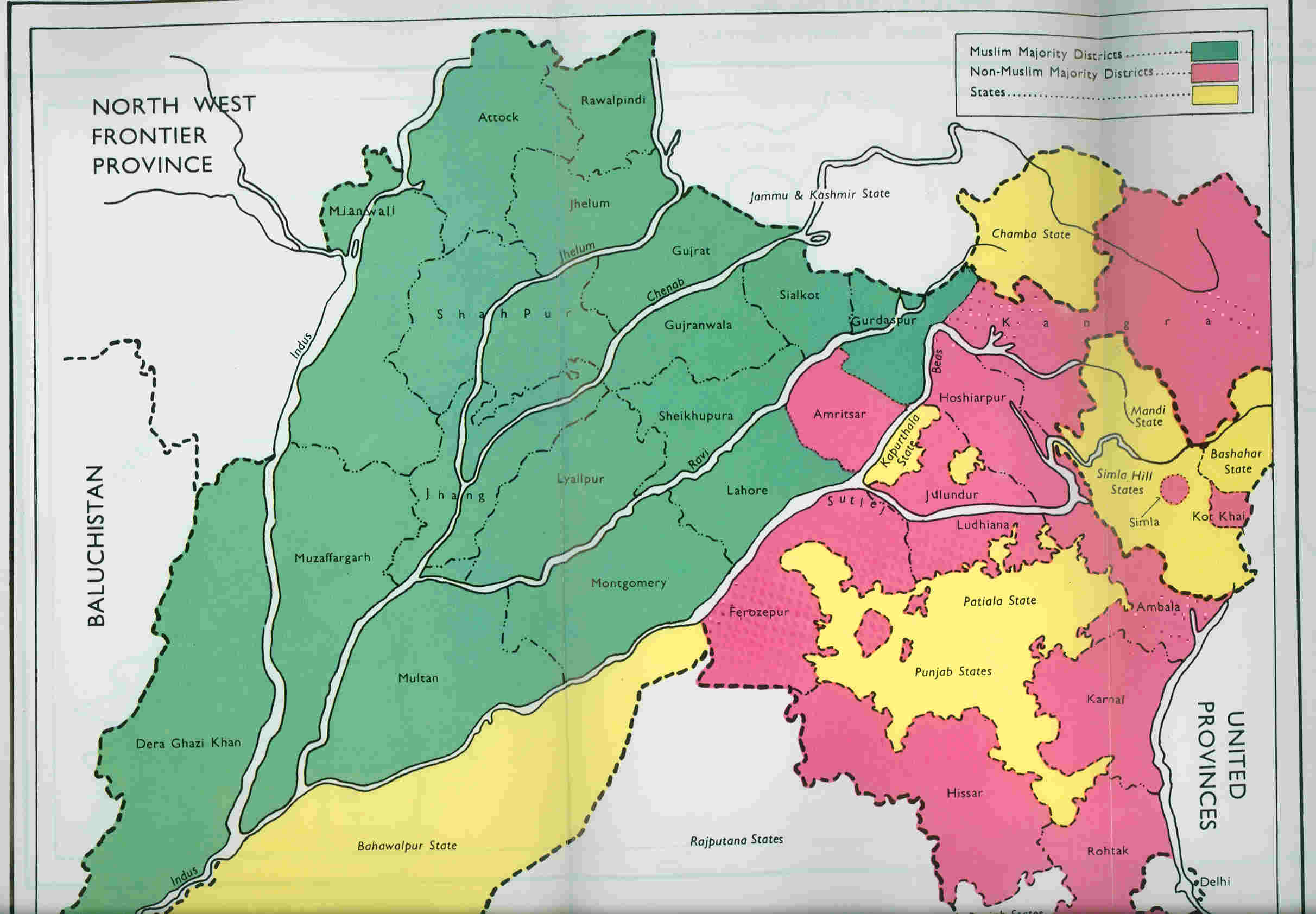|
Amir Azam Khan
Sardar Amir Azam (14 October 1912 – 19 February 1976) was a prominent Pakistani politician and businessman, widely regarded as a pioneer of low-cost housing in Pakistan. He began his political career in 1951 as a (Member of Constituent Assembly) (MCA) in Pakistan’s first government, led by Liaquat Ali Khan. Over the years, he played a key role in successive Pakistani governments, serving multiple times as Minister of State and Federal Minister. Renowned for his ability to manage multiple portfolios simultaneously, Sardar Amir Azam left a lasting legacy in Pakistan’s political and economic landscape. He was laid to rest in his ancestral graveyard at Garhi Afghanan, near Taxila. Biography Early life and background Sardar Amir Azam was born in Gujrat in Punjab province during British rule in 1912 and was the eldest son of Sardar Muhammad Akram, a Superintendent of Police, who had been born in the North-Western Provinces (now Uttar Pradesh Province, India) and a former st ... [...More Info...] [...Related Items...] OR: [Wikipedia] [Google] [Baidu] |
Gujrat City
Gujrat () is the thirteenth largest city in the Pakistani province of Punjab. Located on the western bank of the Chenab River in northern Punjab's Chaj Do'āb, it serves as the headquarters of the eponymous district and division; and is the 16th most populous in Pakistan, with a population of 574,240 in 2023. Along with Sialkot and Gujranwala, Gujrat forms part of the "''Golden Triangle of Punjab''", as these industrial cities have export-oriented economies. History Gujrat is a place of some antiquity and abounds in important ancient sites. The city and district formed part of the kingdom of Porus who ruled primarily within the Chaj Doab. He was defeated by Alexander after a difficult campaign at the Battle of Hydaspes in May 326 BC. Alexander was impressed by his bravery and decided to reinstall him as a vassal of the Macedonian Empire. Instead of rehabilitating Gujrat, which had been affected during Alexander's invasion, some local legends suggest that after the de ... [...More Info...] [...Related Items...] OR: [Wikipedia] [Google] [Baidu] |
Punjab (British India)
The Punjab Province, officially the Province of the Punjab, was a province of British India, with its capital in Lahore and summer capitals in Murree and Simla. At its greatest extent, it stretched from the Khyber Pass to Delhi; and from the Babusar Pass and the borders of Tibet to the borders of Sind. Established in 1849 following Punjab's annexation, the province was partitioned in 1947 into West and East Punjab; and incorporated into Pakistan and India, respectively. Most of the Punjab region was annexed by the East India Company on 29 March 1849 following the company's victory at the battle of Gujrat in northern Punjab, a month prior. The Punjab was the last major region of the Indian subcontinent to fall to British imperialism. Immediately following its annexation, the Punjab was annexed into the Bengal Presidency and administered separately by a board of administration led by the head of province. After 1853, the board was replaced by a chief commissioner a ... [...More Info...] [...Related Items...] OR: [Wikipedia] [Google] [Baidu] |
Attock District
Attock District ( Punjabi/Urdu), known as Campbellpur District during British Raj, is a district, located on the Pothohar Plateau, in north western Punjab, Pakistan; created in April 1904. According to 2023 Pakistani census population of Attock District is 2,133,005 (2.1 million), making it the 23rd most populous district of the province behind Rajanpur district and overall the 37th most populous district in Pakistan. Etymology The district was formed as ''Campbellpur District'' after Commander-in-Chief of British forces Sir Colin Campbell . Later, in 1978, district name was changed to Attock after the major and historical city of Attock to reflect the older, historical name of the region. The word "Attock" in itself is derived from the word "Atak" in local languages which means blockade, barrier or obstruction. One interpretation of the name attributes it to Mughal Emperor Akbar who encountered difficulties crossing the river therefore the city was named Attock by hi ... [...More Info...] [...Related Items...] OR: [Wikipedia] [Google] [Baidu] |
Campbellpur
Attock ( Punjabi, ), formerly known as Campbellpur (Punjabi, ), is a city in Punjab, Pakistan, not far from the country's capital Islamabad. It is the headquarters of the Attock District and is 36th largest city in the Punjab and 61st largest city in the country, by population. The city was founded in 1908 several miles southeast of the historical city of Attock Khurd (:), which had been established by the Mughal Emperor Akbar in the 16th century, and was initially named in honour of Sir Colin Campbell. Etymology The city was initially founded by the Mughal emperor Akbar as ''Atak-Banāras'' (). The name was changed to Campbellpur to reflect that of the Commander-in-Chief of British forces Sir Colin Campbell, who rebuilt the city. The name 'Attock' was revived in 1978. Demographics Population According to 2023 census, Attock had a population of 176,544. Language Geography Attock is located east of the Indus River, from Rawalpindi, from Peshawar, and from th ... [...More Info...] [...Related Items...] OR: [Wikipedia] [Google] [Baidu] |
Attock
Attock ( Punjabi, ), formerly known as Campbellpur (Punjabi, ), is a city in Punjab, Pakistan, not far from the country's capital Islamabad. It is the headquarters of the Attock District and is 36th largest city in the Punjab and 61st largest city in the country, by population. The city was founded in 1908 several miles southeast of the historical city of Attock Khurd (:), which had been established by the Mughal Emperor Akbar in the 16th century, and was initially named in honour of Sir Colin Campbell. Etymology The city was initially founded by the Mughal emperor Akbar as ''Atak-Banāras'' (). The name was changed to Campbellpur to reflect that of the Commander-in-Chief of British forces Sir Colin Campbell, who rebuilt the city. The name 'Attock' was revived in 1978. Demographics Population According to 2023 census, Attock had a population of 176,544. Language Geography Attock is located east of the Indus River, from Rawalpindi, from Peshawar, and fro ... [...More Info...] [...Related Items...] OR: [Wikipedia] [Google] [Baidu] |
Haripur, Pakistan
Haripur (Hindko language, Hindko, ) is a city in the Hazara Division of Khyber Pakhtunkhwa province, Pakistan. It is the List of cities in Khyber Pakhtunkhwa by population, 14th largest city by population in the province, and serves as the headquarter of its namesake Haripur Tehsil, tehsil and Haripur District, district. Located some north of Islamabad Capital Territory and south of Abbottabad, Haripur is in a hilly plain area at an altitude of . History Haripur was founded by Hari Singh Nalwa, a Sikh commander of Ranjit Singh, in 1822 and became the headquarters of Hazara region, Hazara until 1848. Hari Singh Nalwa had been appointed as the Nazim of Hazara after the first Nazim Amar Singh Majithia was killed by the local populace at Samundar Katha, Abbottabad. The town was visited by Charles von Hügel, Baron Hugel on 23 December 1835, and he found it humming with activity. The British East India Company conquered Haripur after the defeat of the Sikhs in the first Ang ... [...More Info...] [...Related Items...] OR: [Wikipedia] [Google] [Baidu] |
Tehsildar
In Bangladesh, India, and Pakistan, a tehsildar, talukdar, or mamlatdar is a land revenue officer accompanied by revenue inspectors. They are in charge of obtaining taxes from a tehsil with regard to land revenue. A tehsildar is also known as an executive magistrate of the relevant tehsil. The immediate subordinate of a tehsildar is known as a ''naib tehsildar''. Etymology The term is assumed to be of Mughal origin and is perhaps a union of the words "tehsil" and "dar". "Tehsil" is presumably an Arabic word meaning "revenue collection", and "dar" is a Persian word meaning "holder of a position". Mamlatdar is a synonymous term used in some Indian states that comes from the Hindi word ''māmala'' (मामला), which is derived from the Arabic ''muʿāmala'' (مُعَامَلَة – "conduct, dealing, handling"). India British rule During British rule, a tehsildar was most likely a stipendiary officer of the government, employed to raise revenue. The position was ca ... [...More Info...] [...Related Items...] OR: [Wikipedia] [Google] [Baidu] |
North-West Frontier Province (1901–1955)
The North-West Frontier Province (NWFP; ) was a province of British India from 1901 to 1947, of the Dominion of Pakistan from 1947 to 1955, and of the Pakistan, Islamic Republic of Pakistan from 1970 to 2010. It was established on 9 November 1901 from the north-western districts of the Punjab Province (British India), British Punjab, during the British Raj. Following the 1947 North-West Frontier Province referendum, referendum in 1947 to join either Pakistan or India, the province voted hugely in favour of joining Dominion of Pakistan, Pakistan and it acceded accordingly on 14 August 1947. It was dissolved to form a unified province of West Pakistan in 1955 upon promulgation of One Unit Scheme and was reestablished in Legal Framework Order, 1970, 1970. It was known by this name until 19 April 2010, when it was dissolved and redesignated as the province of Khyber Pakhtunkhwa following the enactment of the Eighteenth Amendment to the Constitution of Pakistan, Eighteenth Amendmen ... [...More Info...] [...Related Items...] OR: [Wikipedia] [Google] [Baidu] |
Federally Administered Tribal Areas
The Federally Administered Tribal Areas, commonly known as FATA, was a semi-autonomous tribal region in north-western Pakistan that existed from 1947 until being merged with the neighbouring province of Khyber Pakhtunkhwa in 2018 through the Twenty-fifth amendment to the constitution of Pakistan. It consisted of seven tribal agencies (districts) and six frontier regions, and were directly governed by the federal government through a special set of laws called the Frontier Crimes Regulations. On 24 May 2018, the National Assembly of Pakistan voted in favour of an amendment to the Constitution of Pakistan for the FATA-KP merger which was approved by the Senate the following day. Since the change was to affect the province of Khyber Pakhtunkhwa, it was presented for approval in the Khyber Pakhtunkhwa Assembly on 27 May 2018, and passed with majority vote. On 28 May 2018, the President of Pakistan signed the FATA Interim Governance Regulation, a set of interim rules for FATA ... [...More Info...] [...Related Items...] OR: [Wikipedia] [Google] [Baidu] |
Bajour
Bajaur District (, ), formerly Bajaur Agency, is a district in the Malakand Division of Khyber Pakhtunkhwa Province, Pakistan. Prior to 2018, Bajaur Agency was the northernmost component of the Federally Administered Tribal Areas (FATA), a semi-autonomous region along the Afghanistan–Pakistan border. In May 2018, FATA was merged into the larger Khyber Pakhtunkhwa Province (KPK) in an attempt to bring stability to the region, redesignating Bajaur Agency to Bajaur District. The district lies on Pakistan's western border, sharing a 52 km border with Afghanistan's Kunar Province, and lies 35 mi (56 km) north of the Torkham border crossing linking Jalalabad and Peshawar. 498 square kilometer miles in size, Bajaur occupies a small mountain basin and is into seven tehsil (subdistricts) with its district headquarters in the town of Khar, in the district's center. According to the 2017 Pakistani census, Bajaur District has a population of 1,090,987. Geography Before the ... [...More Info...] [...Related Items...] OR: [Wikipedia] [Google] [Baidu] |
Aligarh Muslim University
Aligarh Muslim University is a Collegiate university, collegiate, Central university (India), central, and Research university, research university located in Aligarh, Uttar Pradesh, India, which was originally established by Sir Syed Ahmad Khan as the Muhammadan Anglo-Oriental College in 1875. Muhammadan Anglo-Oriental College became Aligarh Muslim University in 1920, following the Aligarh Muslim University Act. The university offers more than 300 courses in traditional and modern branches of education. It is an Institutes of National Importance, Institute of National Importance and is listed in the Union List under the Seventh Schedule of the Constitution of India. History Funding The university was established as the Muhammadan Anglo-Oriental College in 1875 by Sir Syed Ahmad Khan. It began to function on 24 May 1875. The movement associated with Syed Ahmad Khan and the college came to be known as the Aligarh Movement, which pushed to realise the need for establishing ... [...More Info...] [...Related Items...] OR: [Wikipedia] [Google] [Baidu] |







